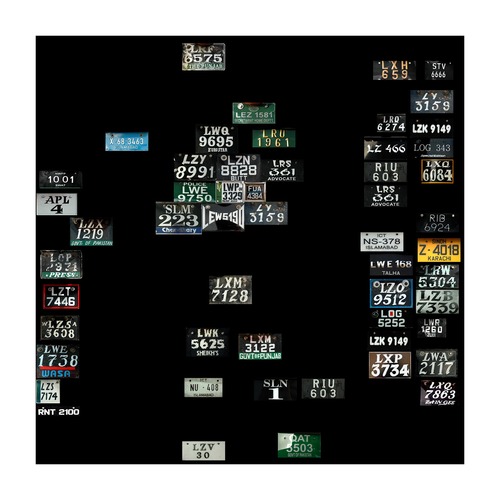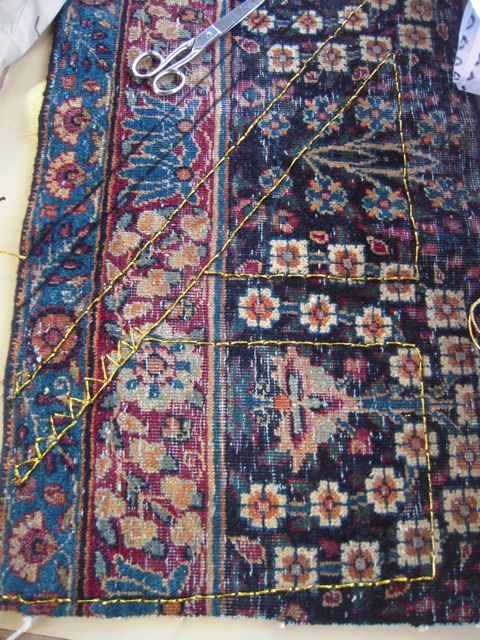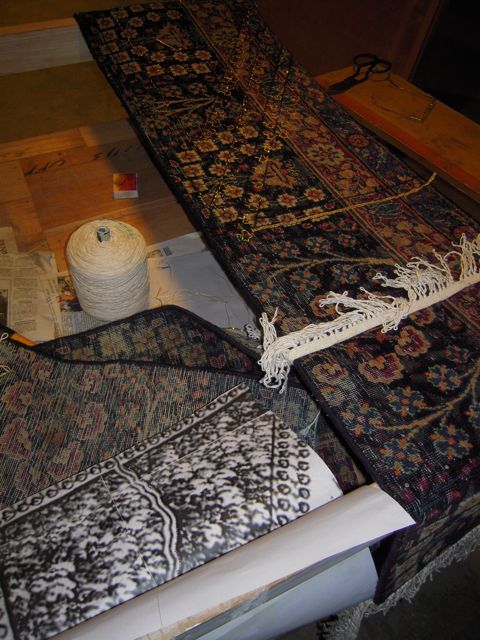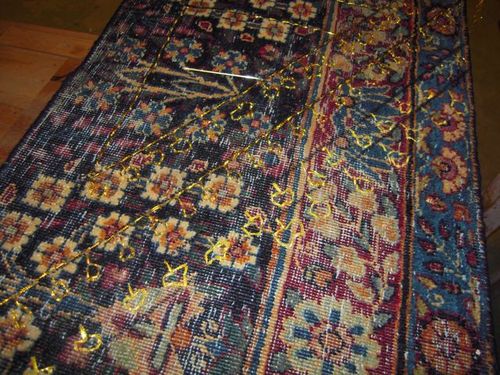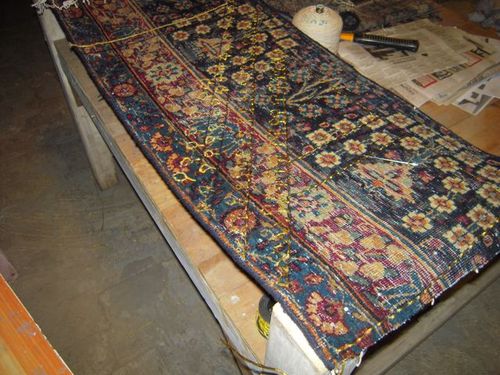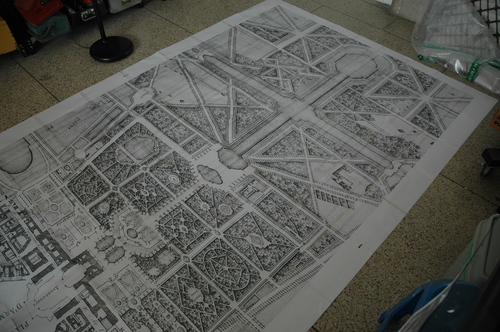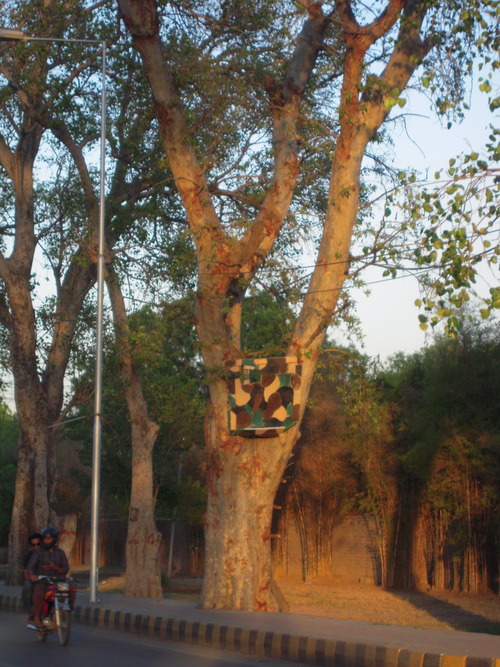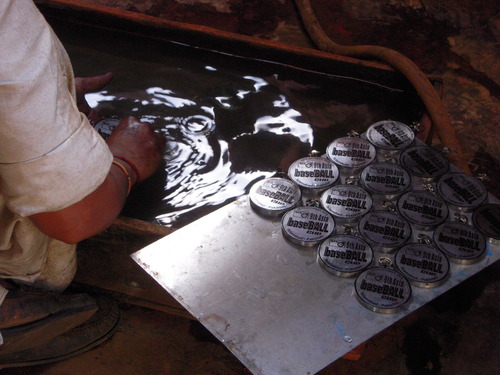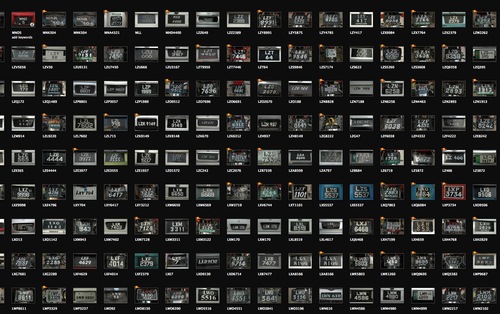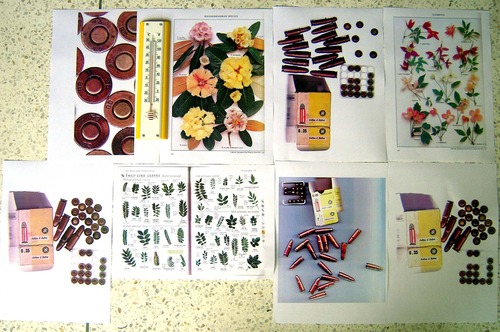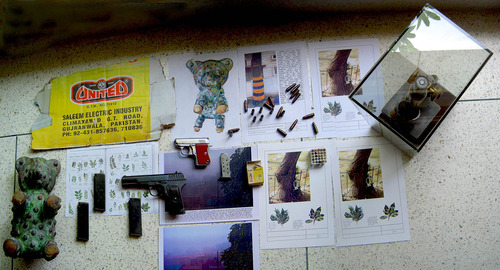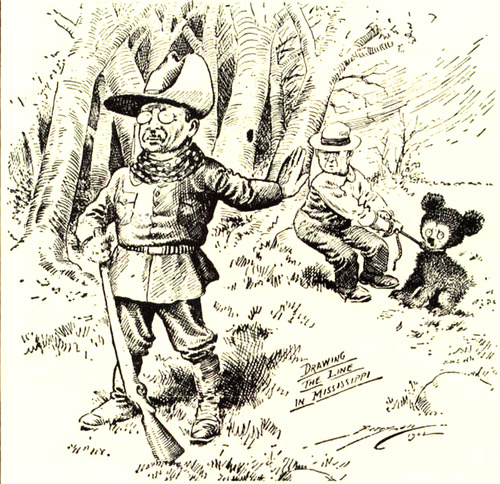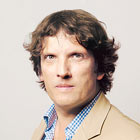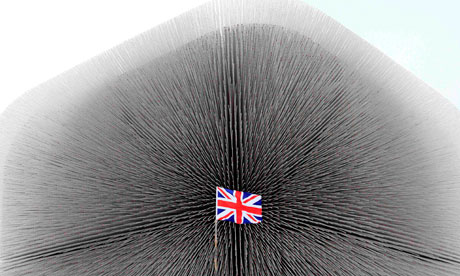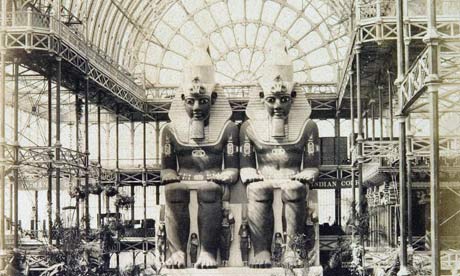|
Ulrike Solbrig (*1966 Mainz, Germany) Chausseestr. 110/1, 10115 Berlin Germany, ulrike@solbrig.de, www.solbrig.de/ulrike.html
Ulrike Solbrig is a visual artist and curator living in Berlin. In her work she maintains a critical perspective on the representation and organization of modern life and nature. With the video, Albertine at the Police Doctor’s, she confronts her audience with art history, probing gender inequalities through the mirror of patriarchal omissions (sexwork. Kunst Mythos Realität, NGBK, as artist and curator). With Getting Involved and Other Quirky Behavior, Solbrig together with the Danish artist Kirsten Dufour and the Norwegian curator Hilde Methi (as Kirkenes Mobile Kultur Byrå), delves into community engagement by looking into the working conditions of visiting Russian market women in Norway (pöpp68 privat, persönlich, öffentlich, politisch, NGBK, as artist and curator). Since 2003, she is actively participating in the development of community gardens as part of her artistic work – resulting in establishing a community garden in Kreuzberg or the conference and exhibiton socialmentalenvironmental at Sparwasser HQ 2007.
Ulrike Solbrig is a co-founder of the interdisciplinary UNWETTER collective, (Christine Wolfe, Jole Wilcke, Ulrike Solbrig, Clemens Krauss, Benno Gammerl, Dorothee Albrecht) which started its non-academic knowledge production at documenta11. They connect with their continued practice of Discursive Picnics, institutional and non-institutional spaces like documenta11, Liverpool Biennial 04, Berlin-Alexanderplatz, Museum of Contemporary Art Sydney, MANIFESTA7, Guangzhou Triennal, Palanga Beach in an process of reciprocal exchange. (see CV)
UNWETTER’s basic format is the Discursive Picnic – an improvised event, ready to be modified and changed. Time and place are announced for the public to join. It works as a potluck, where everybody is both guest and host at the same time. In the UNWETTER thermos-box, “where ideas are kept cool”, theory and practice fall together. We find, collect, exchange, alter, pack up and move on.
“Arriving at a site, we unpack and array within flexible element
s, blankets, picnic furniture also tents – when necessary. Our aim is to open up a situation for both spontaneously and thoroughly elaborated contributions, where visitors, guests, we ourselves or the public, become actors, listeners, performers, hosts or audience, in ever changing roles, departing into new directions by tours, associations, diversions, walks etc.”
|
